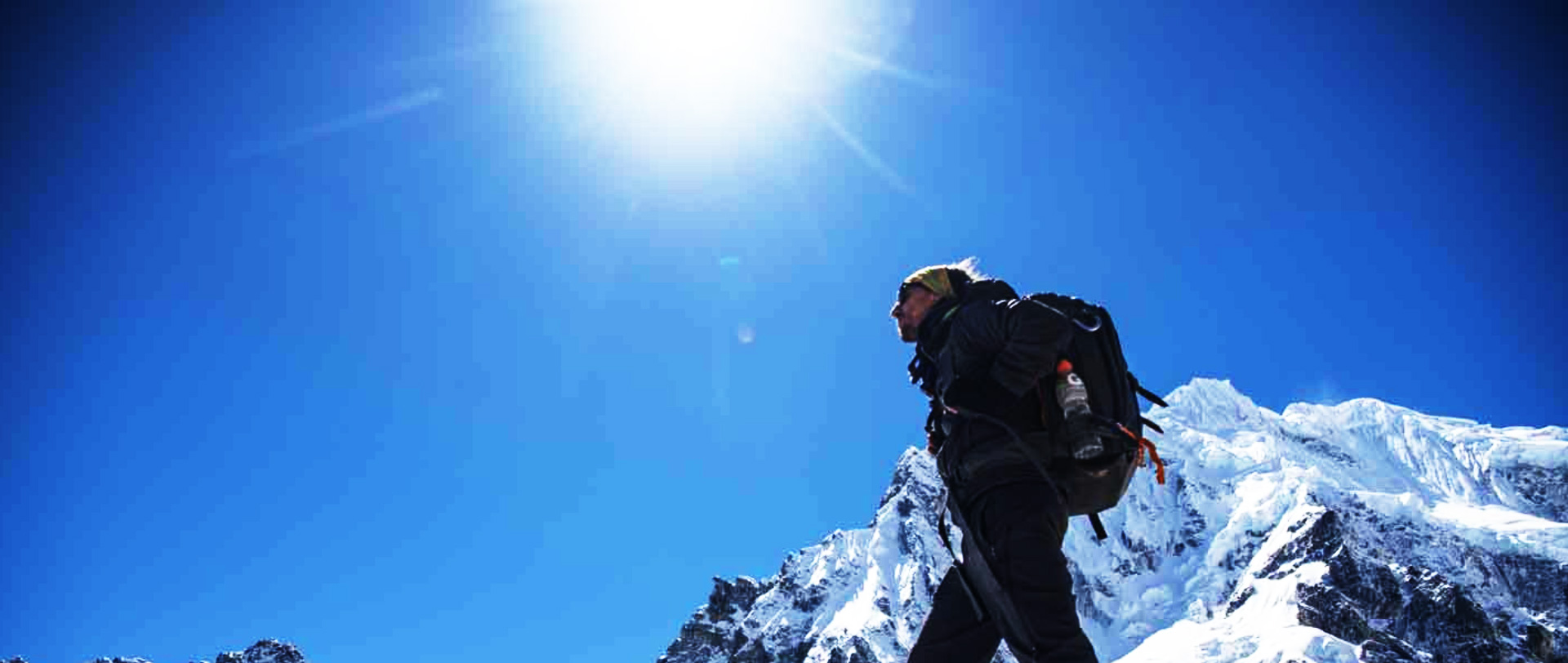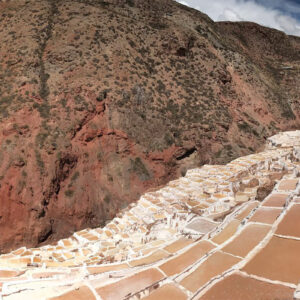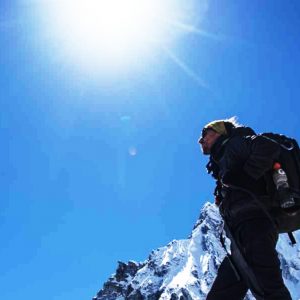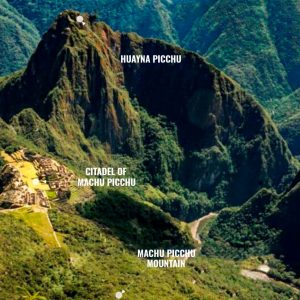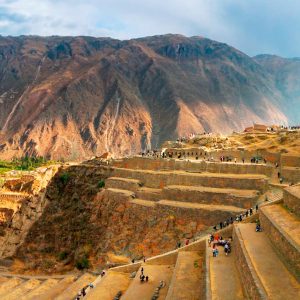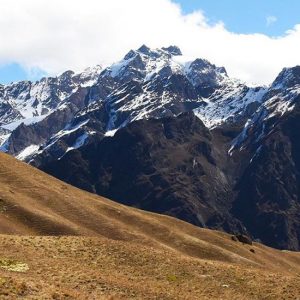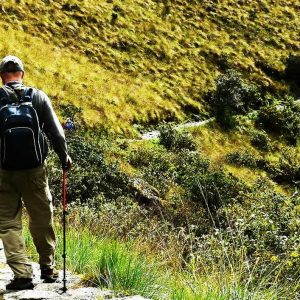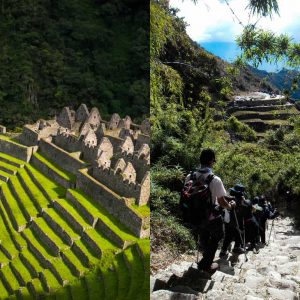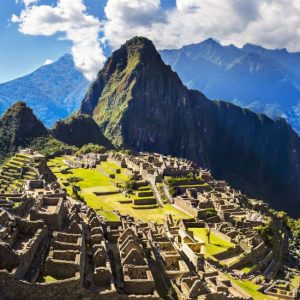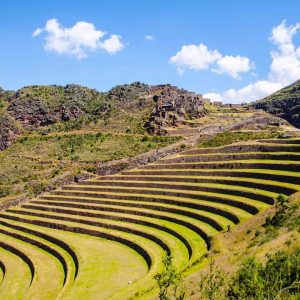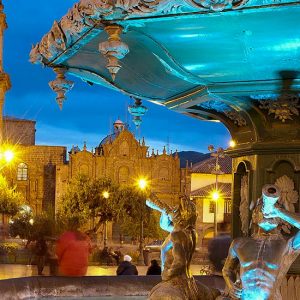So you are planning to trek the famous Inca Trail or any Alternative Trek to Machu Picchu?
Your gear can make or break your experience and it is vital you come prepared. This Inca Trail Trek Packing List will help you to prepare for your outdoor adventure in one of the most stunning regions of South America.
In here we have provided a detailed list of items you will need for a safe and successful Inca Trail Trek to Machu Picchu. The packing list includes recommendations on gear and items that experienced Inca Trail Operators recommend to provide the best value for the money and perform well.
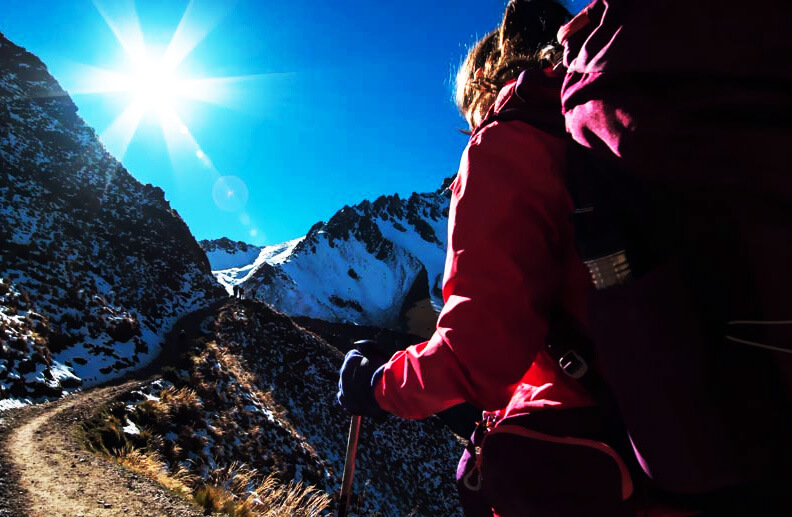
Table of ContentsEssentials for Inca Trail/Alternative Trek Packing List
Trekking and Hiking
CAN I STORE MY LUGGAGE AT THE AGENCY OFFICE?
Of course! Most professional operators understand that their customers are concerned about what to do with your extra luggage while on a tour or trek. Firstly, you can store your extra luggage with them at no cost or at your hotel in Cusco, if you are returning to that hotel. They provide safe and secure locations for storing luggage and provide a luggage ticket for all of their customers, which identifies your luggage. SAM Travel and Orange Nation Travel offer this type of storage.
Duffle Bag and Backpack for Inca Trail Trek/Alternative Trek Packing List
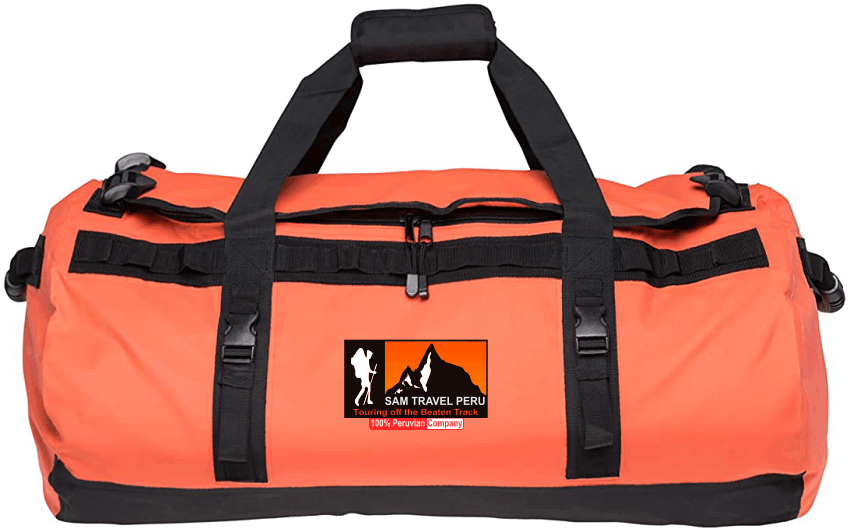
DUFFLE BAG:
The evening before you start your trek, you will be given a small duffle bag to pack your clothes for the next four days. Your weight allowance is up to 7 kg/15.4 lbs. The horsemen will carry your duffle bag for you, together with the food and camping gear. It is important to be aware that you won´t have access to your items in the duffle bag until the end of each day as the horsemen and horses will always be ahead of the group. During the travel, you need a day backpack big enough to carry your personal belongings such as a warm jacket, raincoat, camera, sunscreen, snacks, water, etc. Usually, a 30 litre backpack is sufficient..
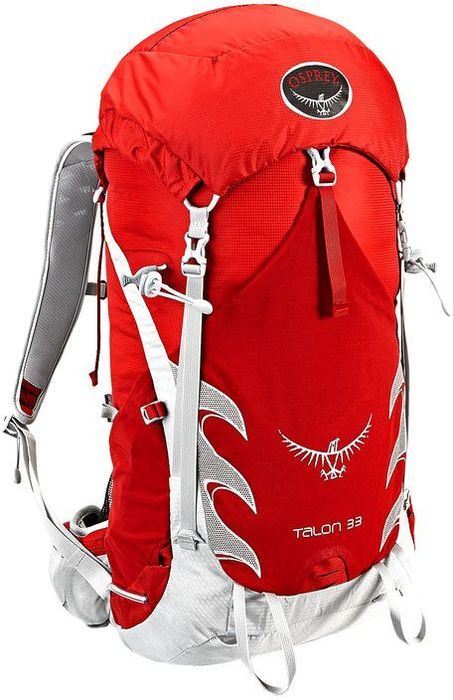
DAYPACK
If a porter or pack animal (i.e. horse, mule etc) is carrying your duffle bag or rucksack then you will want to have a light-weight daypack to carry essentials – like snacks, camera, suncream, personal items (i.e. money and passport) and a hat.
The best daypacks have compression straps to reduce weight stress on your back and side mesh-pockets for quick access to your water bottles. The Osprey Talon is our recommended daypack.
Make sure to bring a rain cover for your rucksack and / or daypack. If you decide to use an Osprey bag then make sure you get an Osprey Raincover that matches the bag size for a snug fit.
Documents
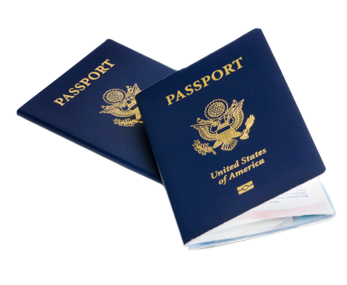
ORIGINAL PASSPORT
You’ll of course need your passport to get into Peru, but you’ll also need your passport when you start on the Inca Trail. There’s an official government checkpoint at the start of the trail that works to enforce the strict limits on how many visitors can walk the trail per day, and for every foreigner beginning a trek it is required that a passport be shown.
Clothing for Inca Trail/Alternative Trek Packing List!
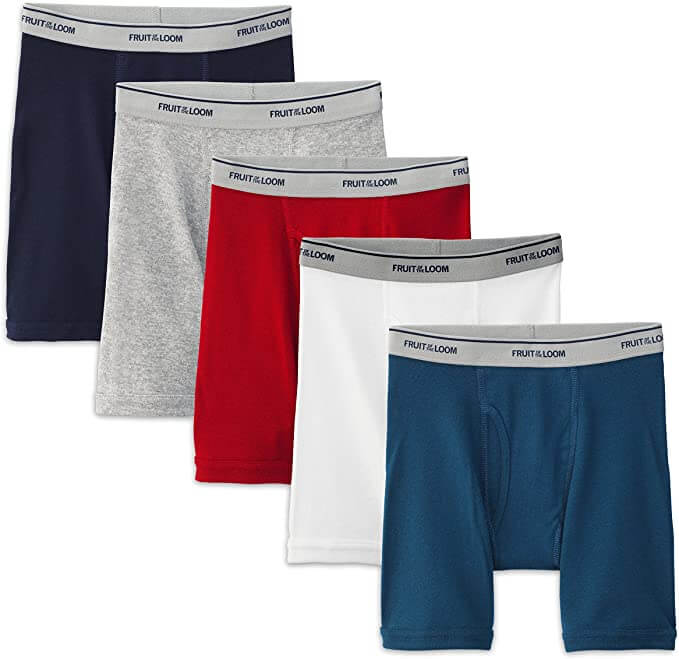
UNDERWEAR
The first and most obvious layer is your underwear. To aid the wicking process we recommend bringing 4-6 x pairs of breathable sports underwear. We are big fans of Icebreaker underwear, Adidas sports underwear or Under Armour underwear, as these brands specifically focus on manufacturing products that can cope with sweat from high-intensity sport.

BASE LAYER
The base layer, or what is often referred to the next-to-skin or first layer is very important on the higher reaches of the Machu Picchu Trek.
The best first layers fit snugly to the skin (reducing air pockets and flow) and consist of high wicking materials to facilitate moisture transfer.
We recommend getting 2x top and 1x bottom base layers.

TREKKING SHIRTS
You will need to bring 4-7 trekking shirts (depending on whether you are doing the shorter or longer Salkantay Trek). We recommend these breathable and lightweight shirts from Hanes. Alternatively, shirts from Icebreaker or Columbia are good. Do not bring cotton shirts as these absorb moisture. A mixture of short and long sleeve shirts are recommended.
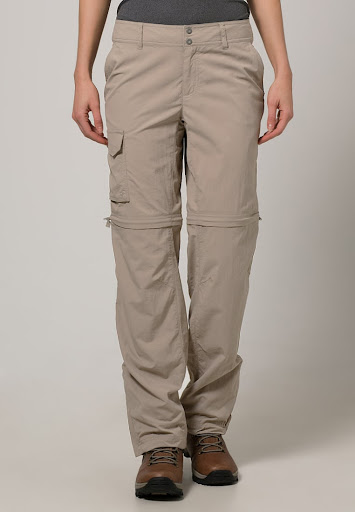
TREKKING SHORTS AND TROUSERS
You will also need to pack hiking shorts and trousers. There are many brands to choose from but we recommend Craghoppers, Columbia or O’Neills. You may even want to go with convertible trousers like these trekking trousers designed by Craghoppers. Not only will they save you money as you won’t need to buy shorts, but they are also very comfortable.
Bring two pairs of trousers and 1x pair of shorts.
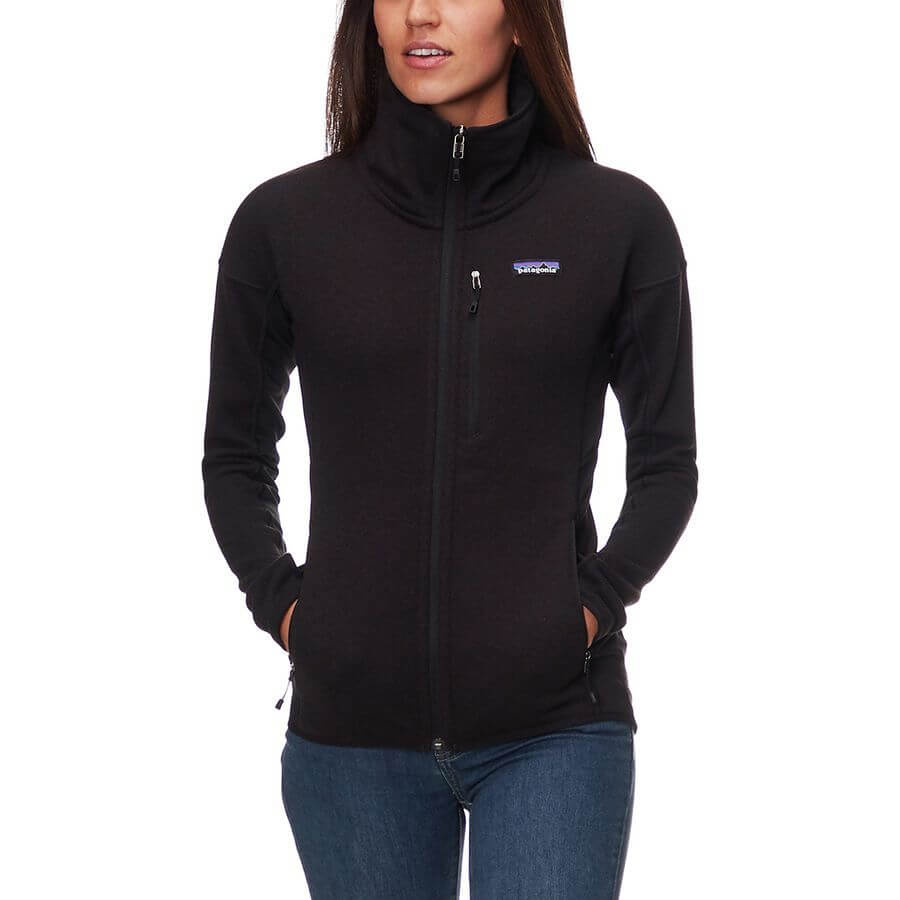
FLEECE JACKET
The second layer, or what we call the insulation layer, should be made from fleece material.
You can get an insulation layer for both top and bottom, but as you will need to have outer layer shell trousers (see below), we believe the insulation layer for your legs are unnecessary.
For your torso second layer though we recommend a Polartec 200 Fleece Jacket. These insulation jackets are very good for hiking in as they provide a great warmth to weight ratio whilst allowing effective moisture transfer. The Polartec 100s are lighter but not warm enough for the Machu Picchu Trek, whereas the Polartec 300s are too heavy, in our opinion.
Recommended fleece brands included Helly Hansen, The North Face and Patagonia.
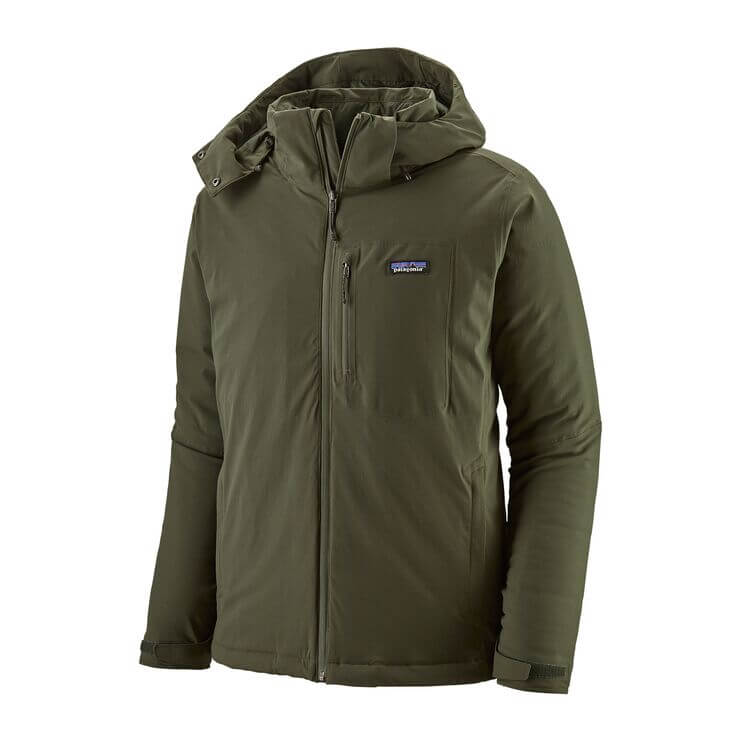
INSULATED JACKET
The outer core layer, or third layer, consists of a windproof, waterproof and most importantly warm jacket and trousers. These will be used on the upper reaches of the Machu Picchu Trek.
We highly recommend getting a good quality jacket as it is one of the few key items that will ensure your warmth and comfort. We recommend the North Face Nuptse Jacket which is a market-leading winter jacket, but there are many synthetic alternatives which are also effective. In terms of the Nuptse, the warmth and weight characteristics are exceptional. The Nuptse is a lifetime investment as the jacket will last years of active trekking and double well as a winter jacket in the city. Other good jacket brands include Patagonia Down Jacket, Arc’Teryx Atom and Mountain Hardwear Down Jackets.
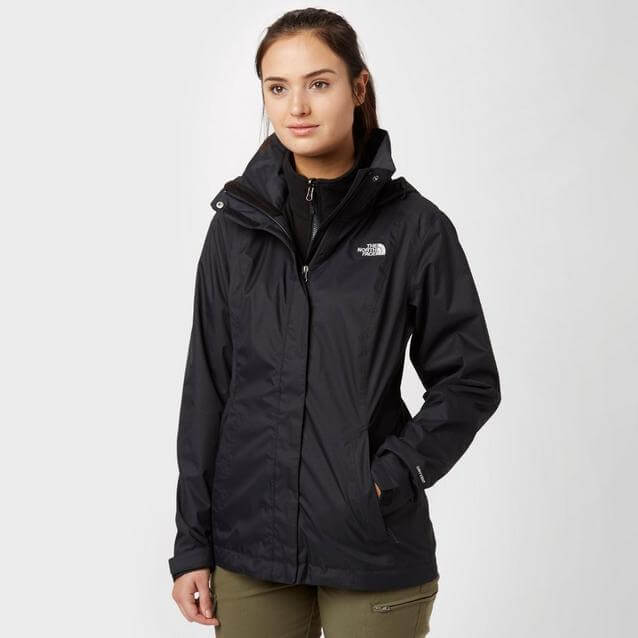
HARD SHELL JACKET AND RAIN GEAR
Encountering rain is always a possibility when trekking, particularly during the rainy season (October-March). You should bring a hard-shell jacket, like the North Face Resolve Jacket.
It is also worth taking a compact poncho rain-suit that can quickly be put on should you encounter rain.
Headgear
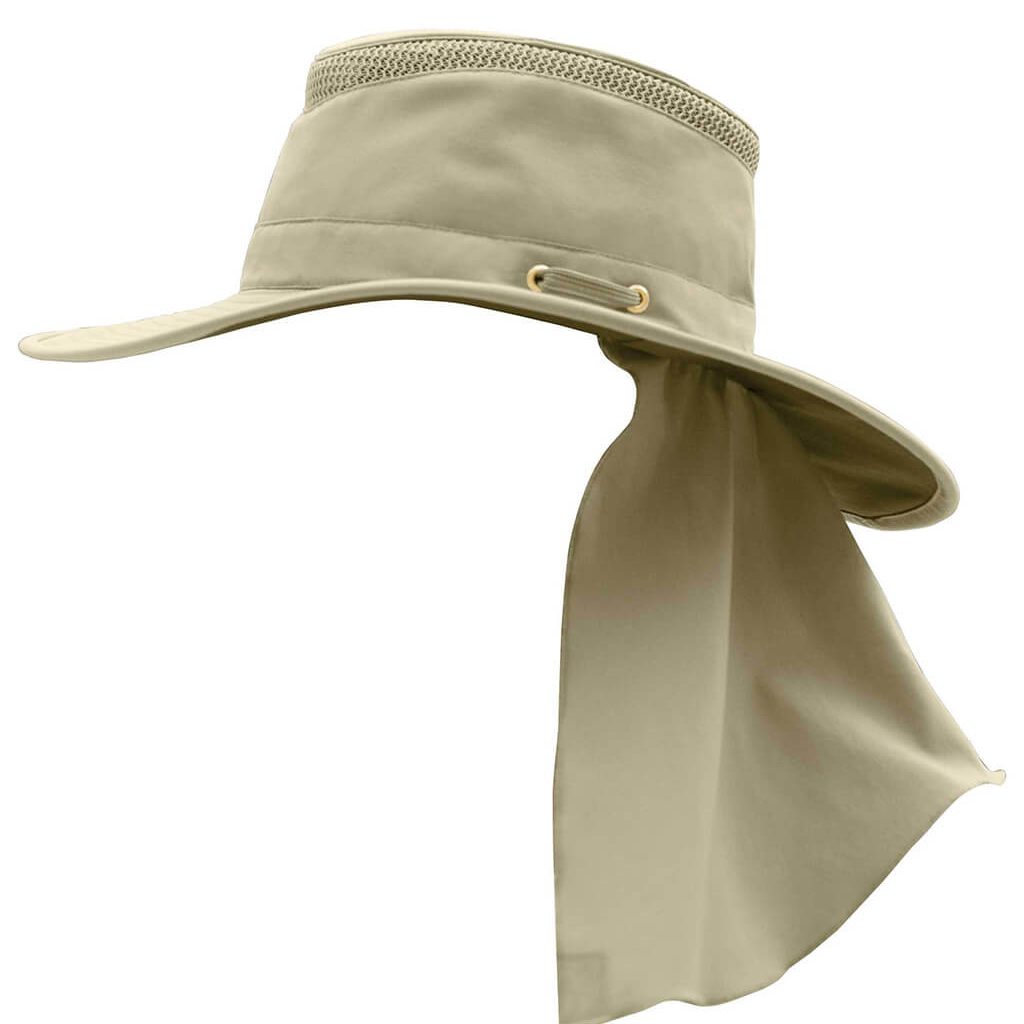
HAT FOR SUN PROTECTION
You need to bring a hiking hat that provides face and neck sun protection. Your hat should be light and easy to bend / fold so that it can fit into your daypack or rucksack. Trekking hats with a neck cover are very good.
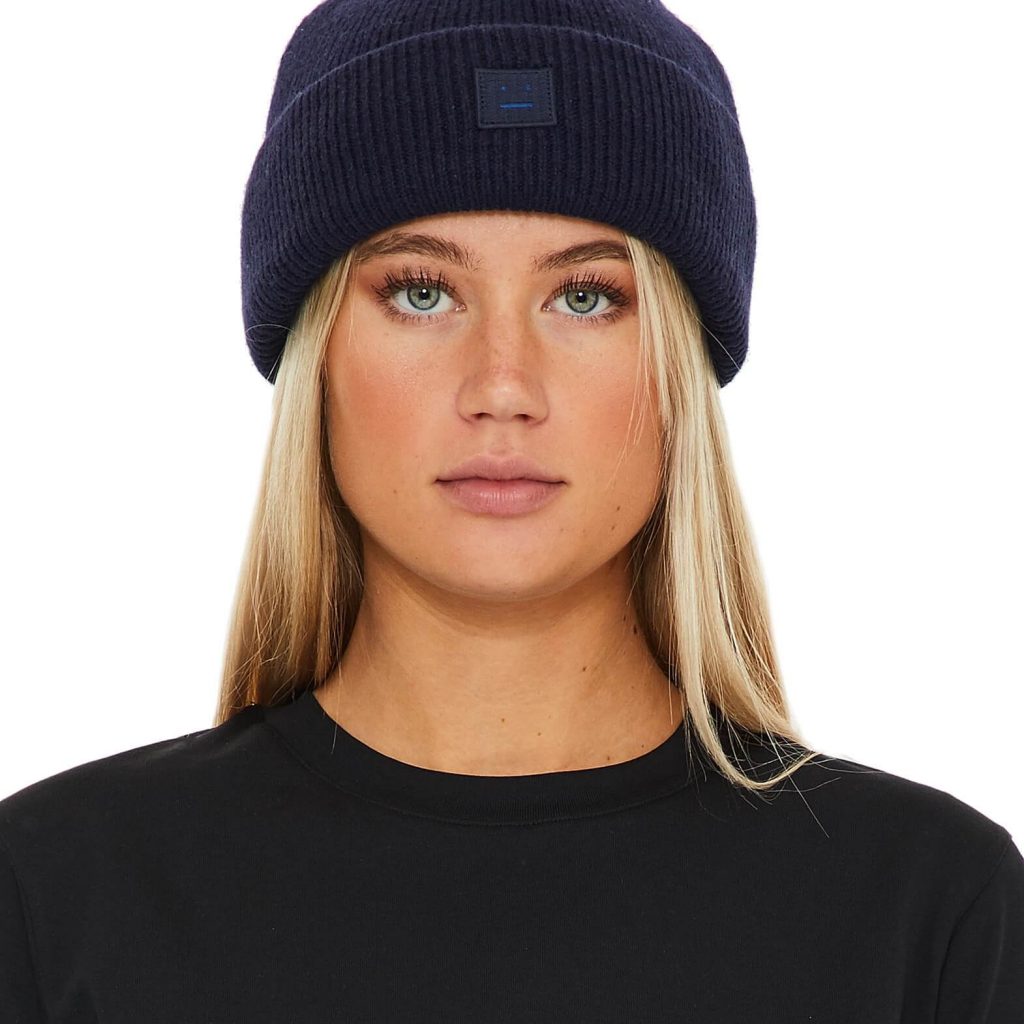
HEAD BAND OR BEANIE
Temperatures can get very cold in the evenings and early mornings, particularly as you reach the higher altitudes on the Machu PicchuTrek.
A warm fleeced beanie or fleeced headband are absolute must-haves. Berghaus and The North Face provide good beanies.

NECK GAITER OR BALACLAVA
A neckband or balaclava that can keep your neck and face warm when temperatures drop below freezing is also a must-have.
We highly recommend taking 1x fleeced Buff and 1x thin buff.
Buffs are super versatile and can be used as headbands, beanies, neck gaiters and wrist bands, as demonstrated adjacent.
Hands
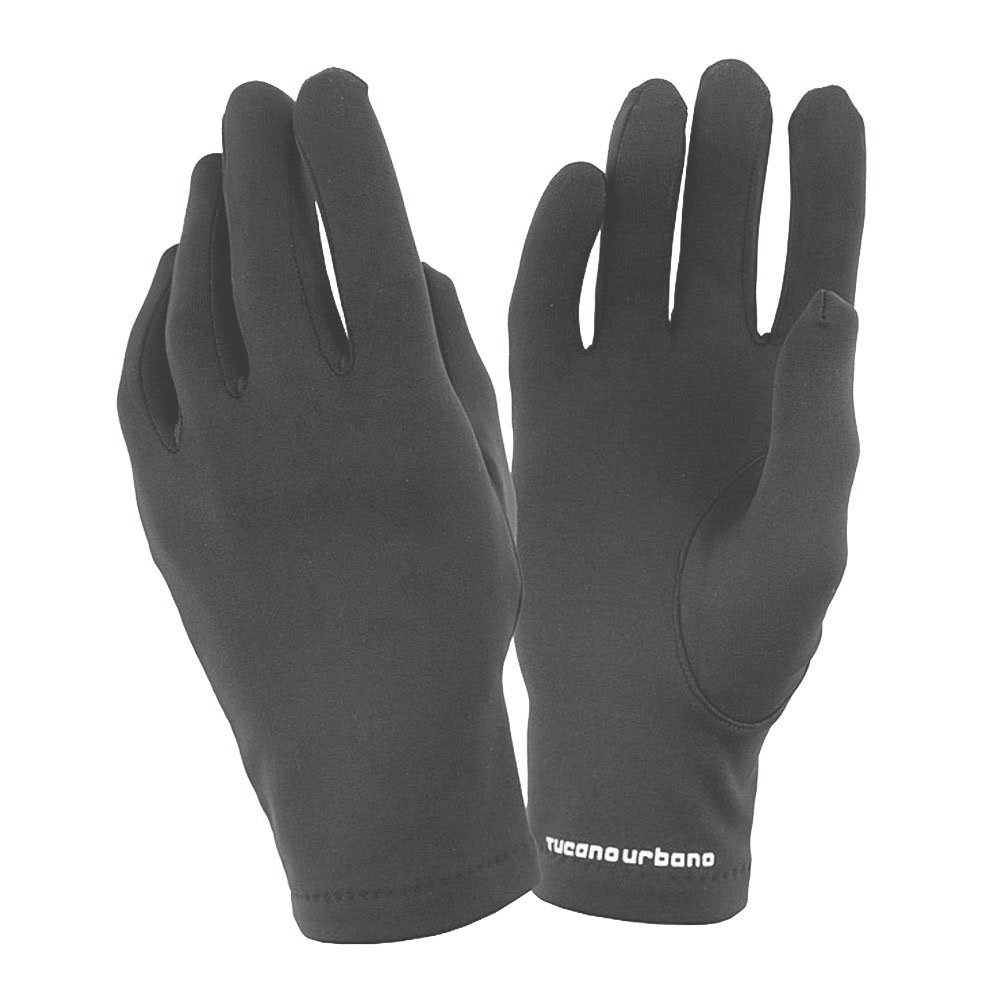
INNER GLOVES
An inner glove acts as your next-to-skin layer, like the base layer clothing we described above. You should bring a light-weight, quick drying inner glove, ideally made from fleece material.
We recommend Pearl Izumi Thermal Lite Gloves which can also be used as standalone gloves when the weather is moderately cold. Karrimor is another good brand.

OUTER GLOVES
Outer gloves are like your outer layer jacket – they act as a shield from the cold and therefore need to be very warm, waterproof and durable. Gore-Tex gloves from Dakine or similar options from The North Face, Outdoor Research or Black Diamond are recommended.
Footwear
Footwear is incredibly important as your feet are what get you from A to B. Having comfortable footwear will make your trek far more enjoyable as no one wants to be plagued with foot pain or blisters.
Make sure you properly break-in your boots before trekking the Inca Trail Trek. This means doing at least 2-3 long distance hikes (5-6 hours) in your new boots before arriving in Perú.
To help you on your way we have listed the 5 pieces of footwear you should bring with you on your Machu Picchu trek.
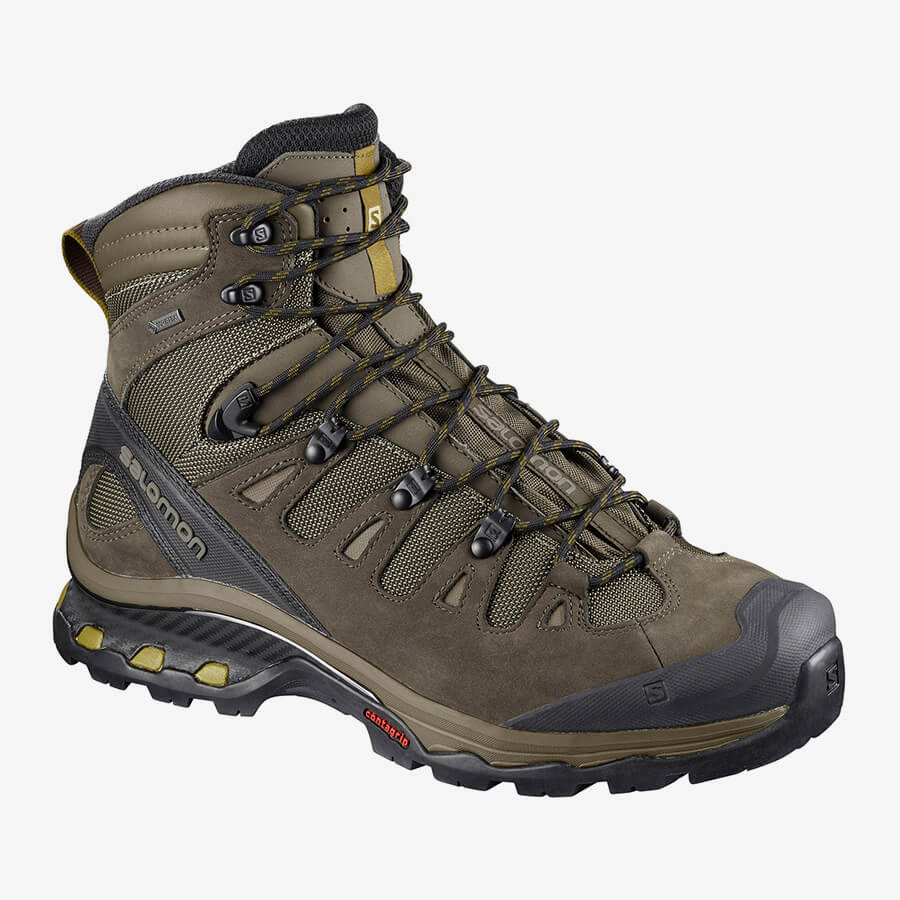
HIKING BOOTS
Good hiking boots are the most important piece of gear on your trek – your feet are what get you around!
Badly fitting hiking boots will result in lost nails, painful blisters and sore feet. Best fit can be tested by putting your foot in a boot without tying the shoelaces. Once in slide your foot all the way forward until the toes hit the front of the boot. You should be able to put your index finger down the back of the boot between your heel. If your finger has lots of room to move then the shoe is too big, if you struggle to get your index finger into the boot then the shoe is too small!
Here are some recommended and reliable brands: Scarpa, Salomon – we like the Quest range, Berghaus – we like the Explorer range, Hi-Tec and Karrimor.
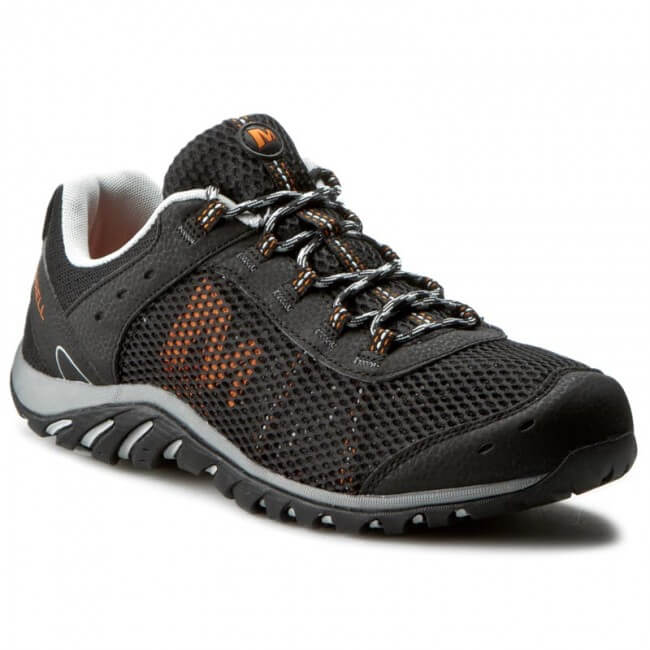
TRAINERS (TREKKING SHOES / SANDALS)
After a long day of hiking the first thing you are going to want to do is change into a comfortable pair of shoes. We recommend bringing trekking shoes or sandals. Here are some good trekking shoes or trekking sandals that we recommend. We like Merrel trekking shoes. Trekking sandals are great to wear with warm socks.

HIKING SOCKS
5-6 x pairs of hiking socks and 4 x 5 pairs or high wicking sock liners.
Coolmax hiking socks are the best, as they are breathable and have excellent wicking properties. Smartwool, Bridgedale and Point 6 also make great socks.
Do not bring cotton socks as these will lead to nasty blisters.
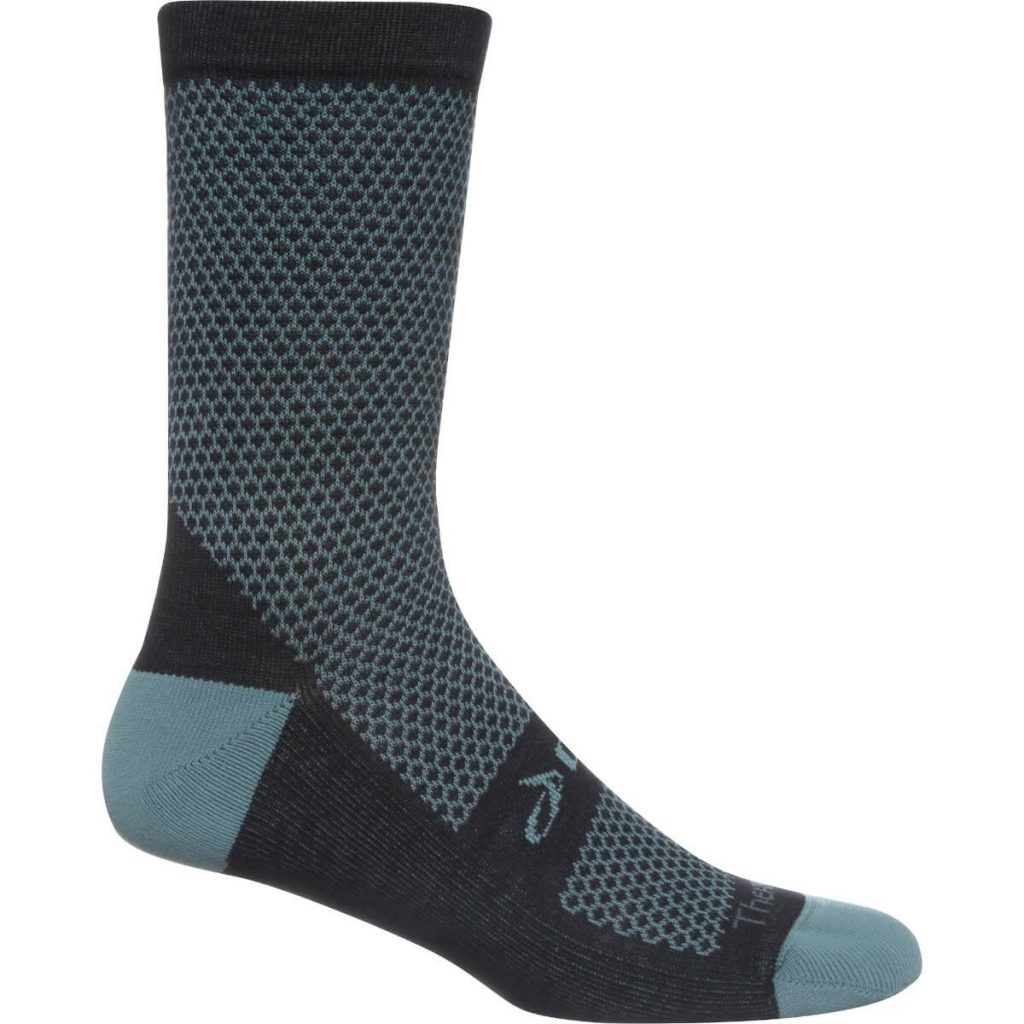
THERMAL SOCKS
1 x pairs of thermal socks for the cold hiking days around the upper reaches of the Salkantay Trek or any high elevation.
We recommend Smartwool thermal socks as they are very warm, provide great cushioning for the foot and have flat seams (bulky seams result in blisters).
Other good brands include Wigwam and Bridgedale.
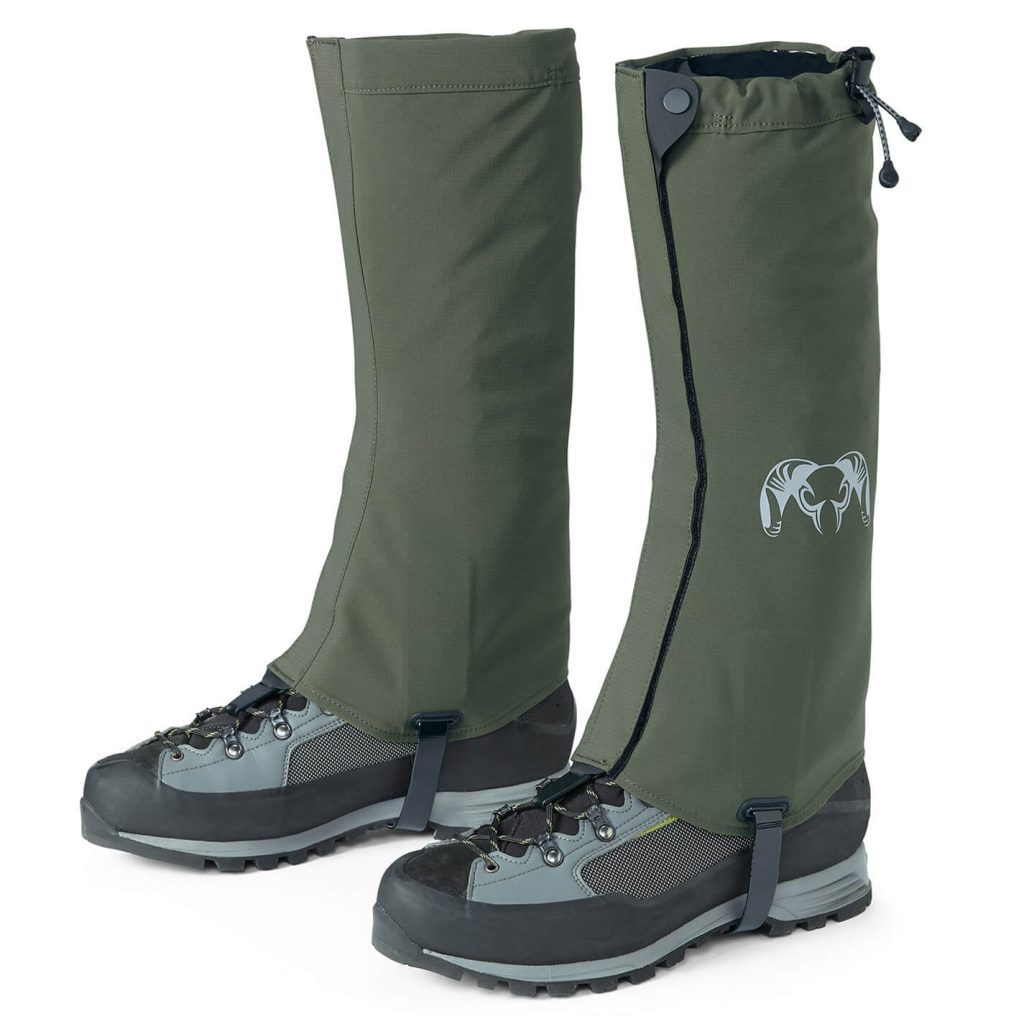
GAITERS
Gaiters are made from a waterproof material and extend up from your boot to the top of your calve.
They are used to stop water, dust, mud, snow, ice and small stones from getting into your hiking boots.

